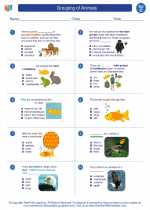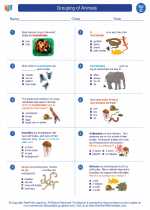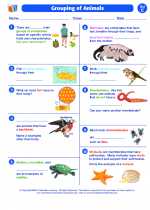Skin
The skin is the largest organ of the human body, with a total area of about 20 square feet. It protects us from microbes and the elements, helps regulate body temperature, and permits the sensations of touch, heat, and cold.
Structure of the Skin
The skin is made up of three layers: the epidermis, dermis, and subcutaneous tissue.
- Epidermis: The outermost layer of the skin. It is made up of several layers of cells and is responsible for the waterproof barrier of the skin.
- Dermis: The middle layer of the skin. It contains blood vessels, nerve endings, sweat glands, and hair follicles.
- Subcutaneous tissue: The innermost layer of the skin. It is made up of fat and connective tissue that insulates the body and cushions the internal organs.
Functions of the Skin
- Protection: The skin acts as a barrier that protects the body from harmful microbes, UV radiation, and physical injuries.
- Regulation: The skin helps regulate body temperature through sweating and the dilation or constriction of blood vessels.
- Sensation: Nerve endings in the skin allow us to sense touch, pressure, temperature, and pain.
- Excretion: The skin helps eliminate waste products through sweat.
- Synthesis of Vitamin D: Sunlight exposure on the skin triggers the production of vitamin D, an essential nutrient for bone health.
Study Guide
To understand the skin better, you can explore the following topics:
- Functions of the skin
- Structure of the skin
- Common skin conditions (acne, eczema, etc.)
- Skin care tips and routines
- Importance of sunscreen and protection from UV radiation
Remember to take care of your skin by keeping it clean, moisturized, and protected from the sun!
.◂Science Worksheets and Study Guides Third Grade. Grouping of Animals
Study Guide Grouping of Animals
Grouping of Animals  Activity Lesson
Activity Lesson Grouping of Animals
Grouping of Animals  Worksheet/Answer key
Worksheet/Answer key Grouping of Animals
Grouping of Animals  Worksheet/Answer key
Worksheet/Answer key Grouping of Animals
Grouping of Animals  Worksheet/Answer key
Worksheet/Answer key Grouping of Animals
Grouping of Animals  Worksheet/Answer key
Worksheet/Answer key Grouping of Animals
Grouping of Animals  Vocabulary/Answer key
Vocabulary/Answer key Grouping of Animals
Grouping of Animals 

 Activity Lesson
Activity Lesson
 Worksheet/Answer key
Worksheet/Answer key
 Worksheet/Answer key
Worksheet/Answer key
 Worksheet/Answer key
Worksheet/Answer key
 Worksheet/Answer key
Worksheet/Answer key
 Vocabulary/Answer key
Vocabulary/Answer key

The resources above cover the following skills:
LIFE SCIENCE
From Molecules to Organisms: Structures and Processes
Create representations to explain the unique and diverse life cycles of organisms other than humans (e.g., flowering plants, frogs, butterflies), including commonalities such as birth, growth, reproduction, and death.